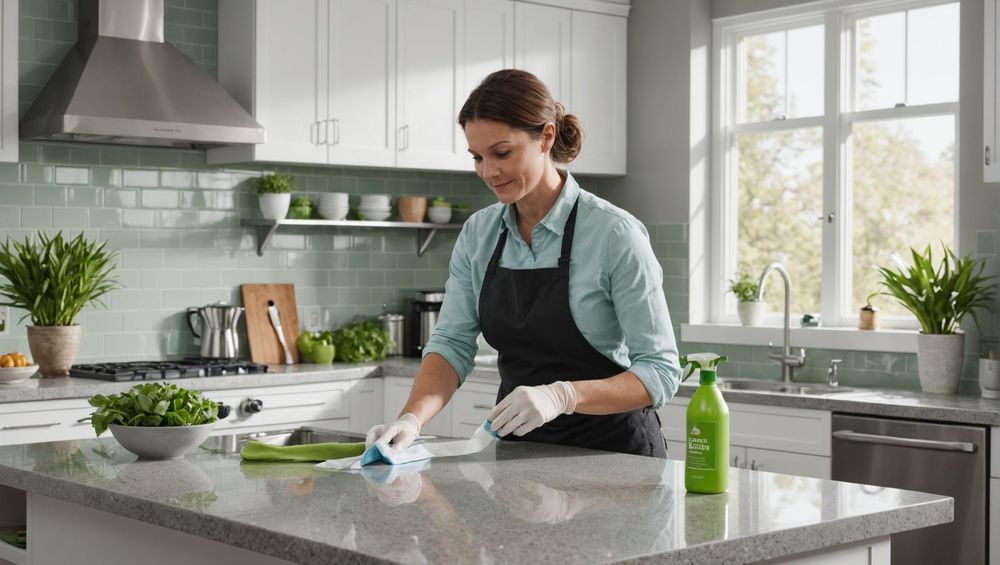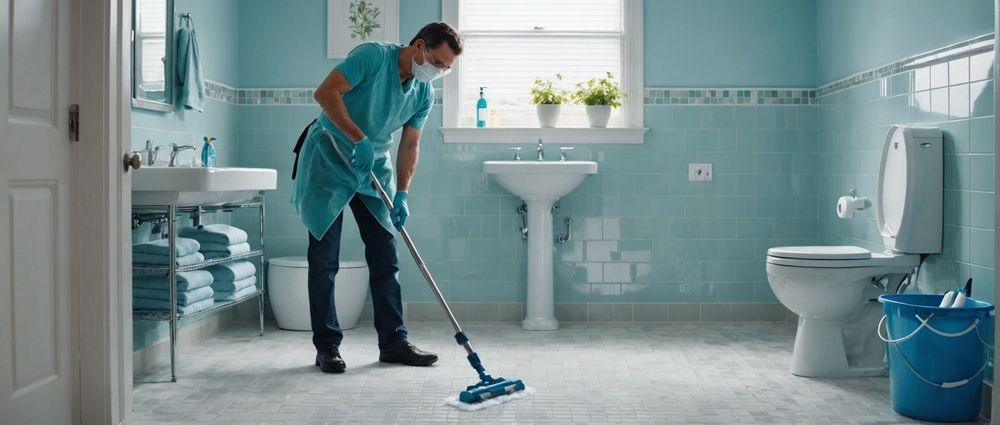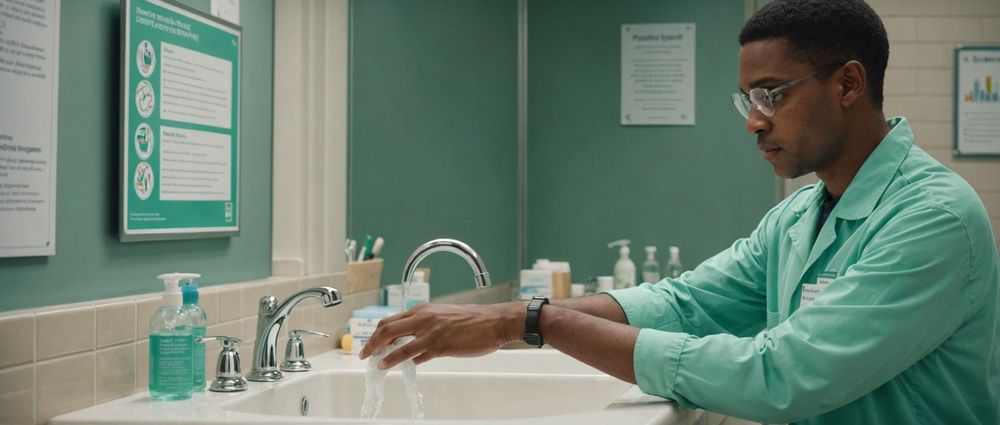A microbiologist understands that cleanliness goes beyond mere aesthetics; it’s a fundamental part of preventing the spread of germs. With a deep knowledge of microorganisms—how they thrive, spread, and are eradicated—such professionals employ specific strategies at home to maintain a hygienic environment. In this article, we will delve into the meticulous cleaning practices a microbiologist uses to keep their home germ-free, ensuring health and safety for themselves and their loved ones.
Understanding Germs: The Microbiologist’s Perspective

A microbiologist’s comprehension of germs includes their nature, types, and how they spread. This professional identifies that germs, including bacteria, viruses, fungi, and protozoa, can be found everywhere, from kitchen countertops to bathroom surfaces. As a result, they focus on high-touch areas that may harbor harmful microbes and prioritize their cleaning. Typical germ hotspots include:
- Kitchen surfaces (counters, cutting boards)
- Bathroom fixtures (sinks, faucets, toilets)
- Electronic devices (phones, tablets, remotes)
- Door handles and light switches
- Handrails and furniture surfaces
Realizing that microorganisms can easily transfer from one surface to another or from person to person, microbiologists adopt an aggressive cleaning regimen that incorporates both preventative and reactive measures to mitigate the risk of germ spread.
Daily Cleaning Habits of a Microbiologist

Maintaining a germ-free environment requires daily cleaning habits that everyone can learn from. A microbiologist typically adheres to a structured cleaning routine that covers various areas of the home. Their approach includes:
-
Washing Hands Frequently:
This is foundational to reducing the transfer of germs. -
Regularly Disinfecting High-Touch Surfaces:
Utilizing appropriate disinfectants, they ensure these areas are cleaned at least once daily. -
Keeping Cleaning Supplies Handy:
Having disinfectant wipes, hand sanitizers, and soaps available facilitates easy cleaning. -
Using Separate Cleaning Cloths:
Microbiologists often use color-coded cloths for different areas like bathrooms and kitchens to avoid cross-contamination. -
Vacuuming and Dusting Regularly:
These actions help in removing dust and potentially harmful microbes embedded in soft furnishings.
Through such practices, microbiologists instill the importance of creating a clean space daily to combat the growth and spread of germs effectively.
Weekly Deep Cleaning Procedures
While daily cleaning is crucial, weekly deep cleaning procedures are where a microbiologist truly shines. Each week, certain areas receive extra attention to ensure thorough sanitation. This deep cleaning routine often involves:
-
Cleaning with Steam:
Using steam cleaners to sanitize floors and other surfaces without chemicals. -
Disinfecting Appliances:
Thoroughly cleaning items such as microwaves, refrigerators, and dishwashers. -
Washing Bedding and Towels:
Regularly laundering sheets and bath towels at high temperatures. -
Clearing the Clutter:
Removing unnecessary items that can attract dust and germs. -
Inspecting HVAC Systems:
Ensuring air ducts and filters are cleaned and maintained to prevent airborne germs.
Weekly deep cleaning not only discourages microbial growth but also promotes a healthier living environment, reducing the chances of illness.
The Role of Personal Hygiene

Alongside home cleaning methods, personal hygiene is paramount in the effort to keep germs at bay. A microbiologist recognizes that individual practices can significantly influence overall household health. Key personal habits include:
-
Regular Hand Washing:
Especially before meals and after using the restroom. -
Proper Food Handling:
Ensuring safe food prep to avoid foodborne illness. -
Staying Up to Date with Vaccinations:
Protecting against communicable diseases. -
Practicing Respiratory Hygiene:
Covering mouth and nose when sneezing or coughing to prevent germ transmission. -
Monitoring Health:
Reporting and isolating when exhibiting signs of illness.
These habits create a ripple effect within the household, enhancing everybody’s efforts to remain healthy and germ-free.
Conclusion
In summary, a microbiologist keeps their home clean to prevent germ spread by combining scientific knowledge with practical cleaning habits. From daily routines to weekly deep cleaning and strict personal hygiene, their strategies emphasize diligence in maintaining a sterile environment. By applying these principles, one can not only foster personal wellness but also create a safer home for family and friends. Implementing a comprehensive cleaning regimen that includes a mix of quick daily tasks and thorough weekly practices can have a significant positive impact on health and well-being.
Часто задаваемые вопросы
-
What are the most effective surfaces to disinfect?
High-touch surfaces such as kitchen counters, bathroom sinks, and doorknobs are critical to disinfect to reduce germ spread. -
How often should I deep clean my home?
It’s advisable to conduct a deep clean once a week, focusing on areas that aren’t covered in your daily routine. -
What cleaning products are safest to use?
Look for EPA-approved disinfectants that can effectively kill germs; alternatively, a solution of bleach and water can be a viable option. -
Can I prevent germs from spreading with just handwashing?
While handwashing is crucial, it should be paired with thorough cleaning routines for a more effective approach. -
Is personal hygiene the same as home hygiene?
Not entirely; personal hygiene focuses on individual practices, while home hygiene encompasses the entire living environment’s cleanliness.


